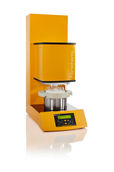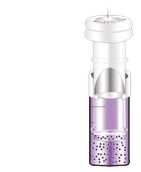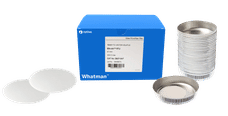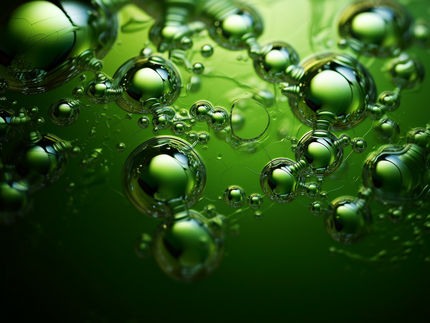Clean soot particle filters
The soot particle filters found on diesel vehicles are designed to ensure that no harm- ful particles make their way through the exhaust pipe. Often, though, the exhaust from newer-model engines is not hot enough to free the filters from soot particles on a regular basis. A new method removes impurities even at low exhaust temperatures.
Long gone are the days when trucks spewed black clouds of exhaust into the air: Nowadays, there are filters in place that capture the largest of these soot particles. After a time, if too much soot accumulates in the filter, the soot is burned off and the filter is regenerated. The problem: Soot particles only burn above temperatures of 500 to 600 degrees Celsius. Yet the temperature of truck exhaust is increasingly dropping as part of the effort to minimize emissions of nitric oxides harmful to the environment.
There exist two approaches to removing soot from the filter: the first involves an oxidation catalytic converter that converts nitrogen monoxide in the exhaust into nitrogen dioxide. If nitrogen dioxide is passed through the filter, the soot burns at lower temperatures. In some engine operating states – such as when the engine is still cold – this regeneration method does not suffice: In these cases, liquid fuel is added, that combusts with residual oxygen in the exhaust to heat the exhaust and filter. This cleansing method only works at exhaust temperatures in excess of 230 degrees Celsius, however. At lower temperatures, the fuel-exhaust mixture fails to ignite, damaging the catalytic converter. The problem: Exhaust from newer-model truck engines is only 160 to 180 degrees Celsius.
Researchers at the Fraunhofer Institute for Solar Energy Systems ISE in Freiburg, Germany, have come up with a method that reliably regenerates filters even at exhaust temperatures as low as 140 degrees. “We add a synthesis gas consisting of carbon monoxide and hydrogen to the exhaust,“ explains Dr. Thomas Aicher, group manager at ISE. “We introduce this gas mixture at the oxidation catalytic converter – lowering the ignition temperature to 140 degrees Celsius and freeing the filter from soot even at these low exhaust temperatures.“
But where does this synthesis gas come from? “We have two ways to generate this gas: One is to heat diesel fuel in the absence of air. This produces hydrogen and carbon. Then, the carbon is burned with the exhaust, creating carbon monoxide. Experts refer to this process as pyrolysis. The other way is to oxidize diesel with a very small amount of air so that the diesel combusts only partially. This is known as partial oxidation,“ explains Robert Szolak, a scientist at ISE. Researchers have already built and successfully tested prototypes for both approaches. The experts have now partnered with an industrial partner to investigate partial oxidation in greater detail.
Other news from the department science
These products might interest you

FIBRETHERM by C. Gerhardt
Automatic Fibre Extraction for Feed Analysis
FIBRETHERM from C. Gerhardt: Efficient – Precise – Method-Compliant

Mini-UniPrep™ by Cytiva
Improved HPLC Sample Preparation
Save 66 % sample preparation time and reduce costs by 40 %

Glass and quartz microfiber filter by Cytiva
Request a glass microfiber sample pack to meet your battery development needs
Delivering efficient and consistent results

GF/C and 934-AH RTU (Environmental) by Cytiva
Meet wastewater regulations with the right filter
Streamline lab operations and ensure high-quality results

VICI Jour Katalog 15INT by VICI
The VICI Jour Catalog - Accessories for (U)HPLC and Liquid Handling
Capillaries, Tubing, Fittings, Filters, Safety-Products, Tools and much more

Hahnemühle LifeScience Catalogue Industry & Laboratory by Hahnemühle
Wide variety of Filter Papers for all Laboratory and Industrial Applications
Filtration Solutions in the Life Sciences, Chemical and Pharmaceutical Sectors

Whatman filtration product guide by Cytiva
New filtration catalog - a wealth of information on 286 pages
Discover the perfect filters for your laboratory application

Get the chemical industry in your inbox
By submitting this form you agree that LUMITOS AG will send you the newsletter(s) selected above by email. Your data will not be passed on to third parties. Your data will be stored and processed in accordance with our data protection regulations. LUMITOS may contact you by email for the purpose of advertising or market and opinion surveys. You can revoke your consent at any time without giving reasons to LUMITOS AG, Ernst-Augustin-Str. 2, 12489 Berlin, Germany or by e-mail at revoke@lumitos.com with effect for the future. In addition, each email contains a link to unsubscribe from the corresponding newsletter.



























































